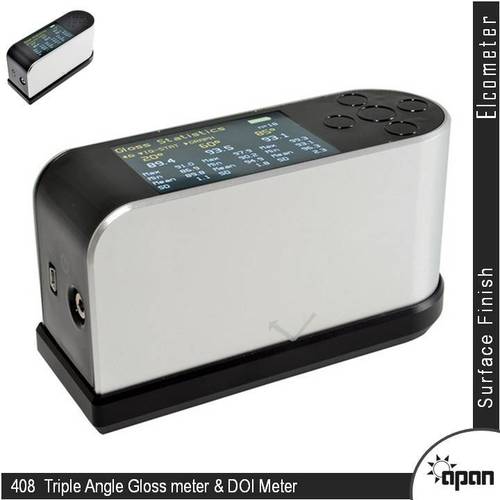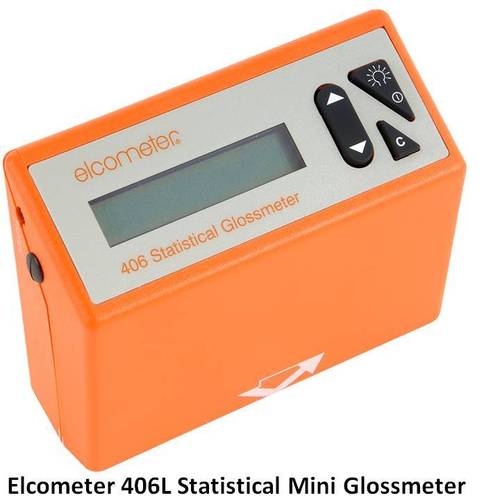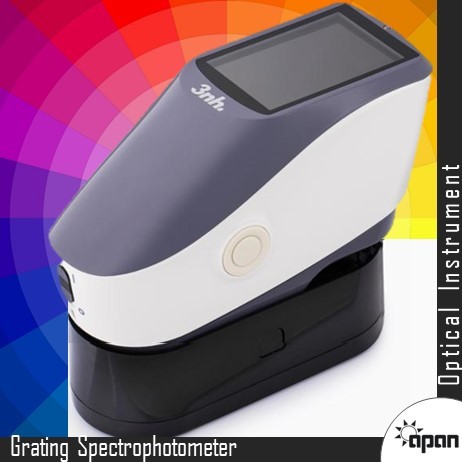Light Transmittance Meter
Light Transmittance Meter Specification
- Features
- Portable, easy operation, robust design
- Accuracy
- 1%
- Measuring Range
- Visible light transmittance (380-760 nm)
- Display Type
- LCD digital
- Equipment Type
- Digital Light Transmittance Meter
- Resolution
- 0.1%
- Mounting Type
- Handheld
- Application
- Glass, plastic, film, transparent materials
- Power Supply
- DC 6V (4AA batteries) / USB 5V
- Response Time
- <1 sec
- Specimen Size
- Max thickness: 18 mm
- Operating Voltage
- DC 6V
- Number of Specimens
- Single or multiple
- Interface Type
- USB
- Port Size
- Sample port: 12 mm diameter
- Humidity
- <80% RH (non-condensing)
- Automation Grade
- Semi-automatic
- Temperature
- 0C - 40C
- Test Range
- 0% 100% transmittance
- Usage
- Material transparency measurement
- Machine Weight
- Approx. 2.5 kg
- Test Width
- 0 50 mm
- Control Mode
- Manual
Light Transmittance Meter Trade Information
- Main Export Market(s)
- Asia
About Light Transmittance Meter
As a Authorized dealer we are engaged in providing the broad assortment of wide gamut of optical instruments for various applications. LS116 light transmittance meter is used for measure percentage of light transmitted through transparent material (such as glass, plastic substrates etc.). This meter is self-contained light sources and self -calibration. No manual adjustment is needed.
Features:
- Instrument Size: 130mmx70mmx28mm(LxWxH)
- Sample diameter: > 10mm
- Weigh: 500g (exclude batteries)
- Resolution: 0.1%
- Accuracy: +/-1% (Colorless and transparent material)
- Visible light wavelength: 380nm-760nm ( Full Weighted Spectrum)
- Battery: 4*AAA alkaline battery
- The light transmission meter has High repeatability and resolution
- Auto-calibration and simple calibration
- High quality certified optical system for transmission value measurement
- Simple and ease operation.
Reliable Light Measurement at Your Fingertips
This handheld meter provides accurate visible light transmission readings for materials up to 18 mm thick and up to 50 mm wide. With its quick response time and semi-automatic operation, its ideal for quality control and assessment in various manufacturing and laboratory environments. The compact design allows for easy portability, making it suitable for both in-house and on-site measurements. The ABS engineering plastic exterior ensures durability even under frequent use.
Versatile Applications Across Industries
The light transmittance meter is designed for a broad range of transparent materialsideal for use in the glass industry, plastics manufacturing, film evaluation, and more. Its high precision and wide measuring range (0%100% transmittance) make it suitable for quality assurance purposes, research labs, and material selection. With simple manual controls, both single and multiple specimens can be assessed efficiently, supporting distributors, suppliers, and traders across India.
FAQs of Light Transmittance Meter:
Q: How does the automatic zero calibration work on the Light Transmittance Meter?
A: The Light Transmittance Meter features automatic zero calibration, enabling the device to calibrate itself without user intervention before each testing session. This ensures measurement accuracy and eliminates manual calibration errors.Q: What types of materials can I test using this device?
A: You can measure light transmittance through a variety of transparent materials, including glass, plastic, and films. The device accommodates specimen thicknesses up to 18 mm, making it versatile for multiple applications.Q: When should I recalibrate the meter for optimal accuracy?
A: Thanks to its automatic zero calibration feature, the meter recalibrates itself at the beginning of each use, ensuring accurate readings without the need for manual recalibration during normal operations.Q: Where can I use this meter for the best results?
A: This portable meter is designed for both in-house laboratories and on-site quality inspections. Its wide operating temperature (0C 40C) and humidity tolerance (<80% RH, non-condensing) allow flexibility in various working environments.Q: What is the process for taking a measurement with this instrument?
A: Insert your specimen into the sample port (12 mm diameter, with a test width of 050 mm), power on the device, and follow the guided instructions on the LCD display. The meter delivers an accurate transmittance reading within one second.Q: How does the device benefit material evaluation and quality control?
A: With a measuring range of 0%100%, high accuracy (1%), and fast response, the meter provides reliable data crucial for assessing material transparency. This helps manufacturers and quality inspectors verify standards and make informed decisions.Q: What power options and accessories are included with the meter?
A: The meter operates on 4AA batteries (DC 6V) or via USB (5V), ensuring long battery life and flexibility. It comes with a user manual and a carry case for added convenience and protection during transport.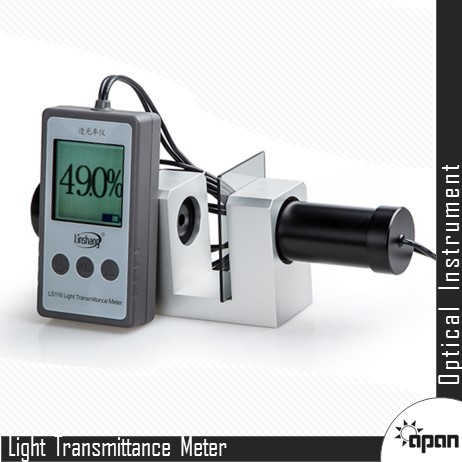


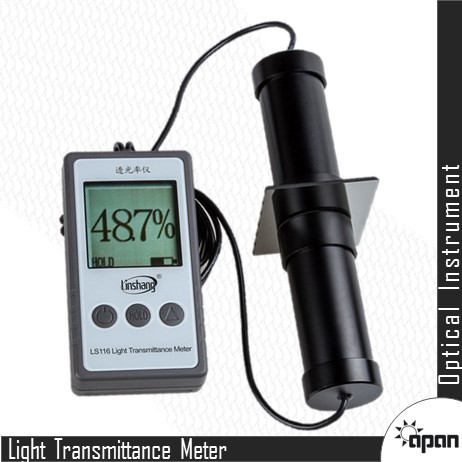
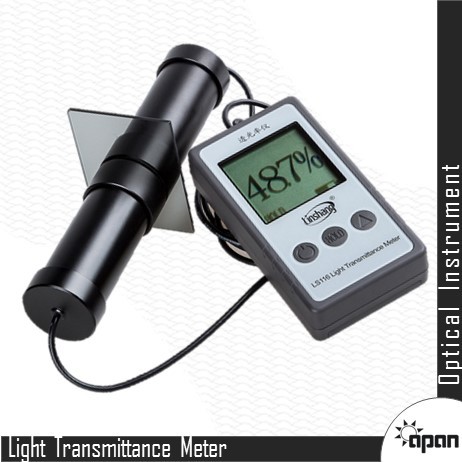
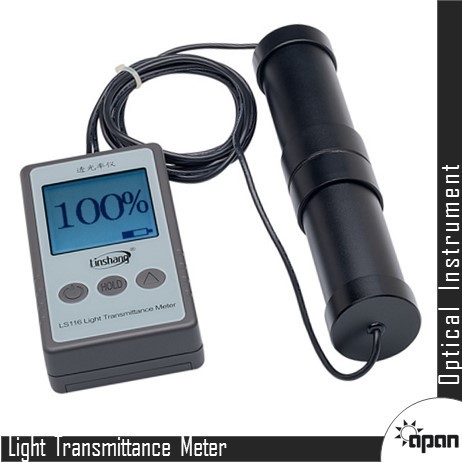
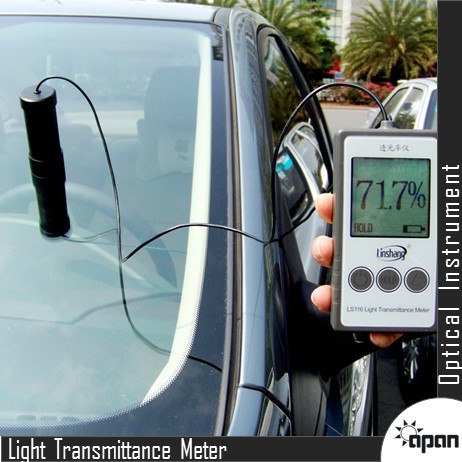
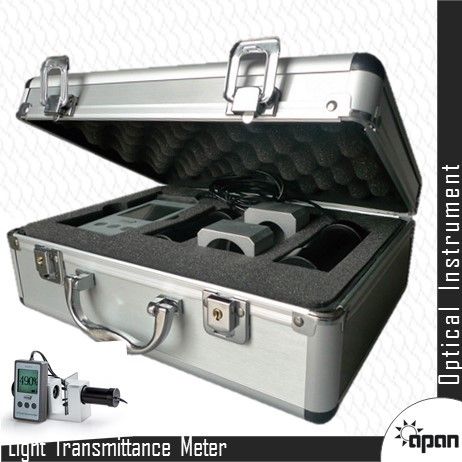

Price:
- 50
- 100
- 200
- 250
- 500
- 1000+
More Products in Optical Instrument Category
DOI HAZE GLOSS METER
Power Supply : 220V AC, 50/60 Hz
Response Time : <2 seconds
Specimen Size : 100 mm x 50 mm
Usage : Laboratory/Industrial
Number of Specimens : 1 at a time
Control Mode : Digital touch control
Spectrum Transmission Meter
Power Supply : 110240V AC, 50/60Hz
Response Time : <2 seconds
Specimen Size : Up to 50 mm width
Usage : Glass, Plastic & Film Transmission Testing
Number of Specimens : 1
Control Mode : Manual
Statistical Mini Glossmeter
Power Supply : AAA Battery operated
Response Time : <1 second
Specimen Size : Minimum 15 x 10 mm
Usage : Laboratory and Field
Number of Specimens : 1 at a time
Control Mode : Digital (Pushbutton)
Grating Spectrophotometer
Power Supply : AC 220V / 50Hz
Response Time : <2 sec
Specimen Size : 10 mm x 10 mm cuvette
Usage : Spectral measurement, qualitative & quantitative analysis
Number of Specimens : Single Sample (standard)
Control Mode : Automatic/Manual

 Send Inquiry
Send Inquiry Send Inquiry
Send Inquiry
